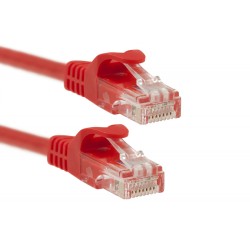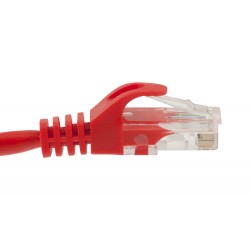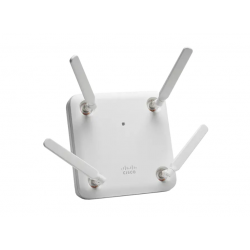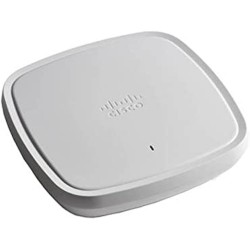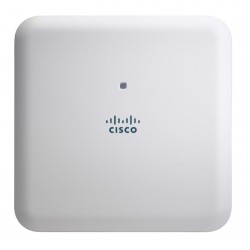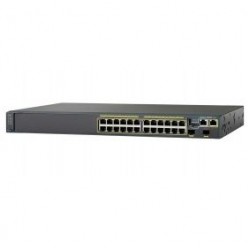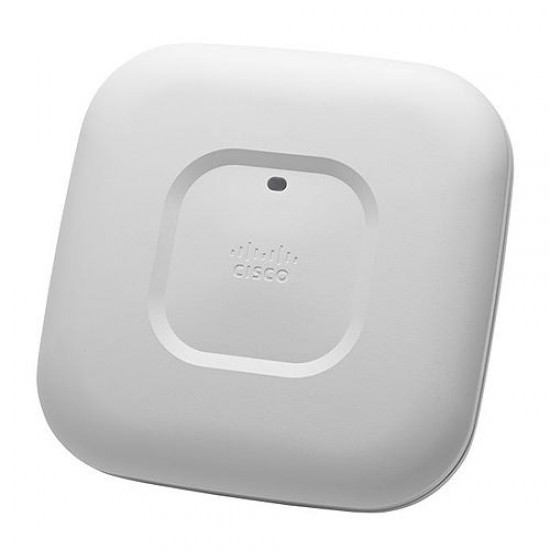
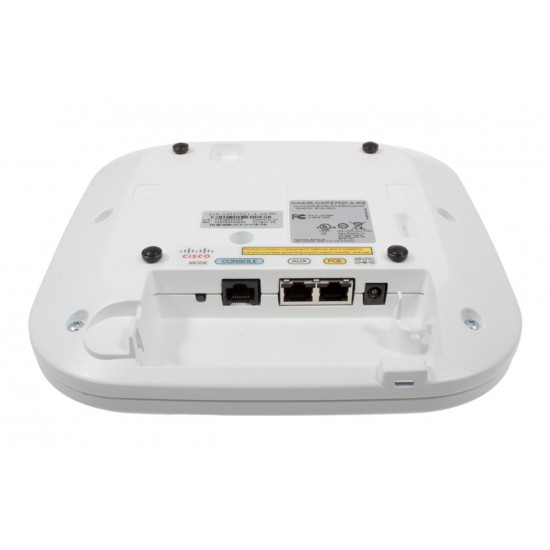
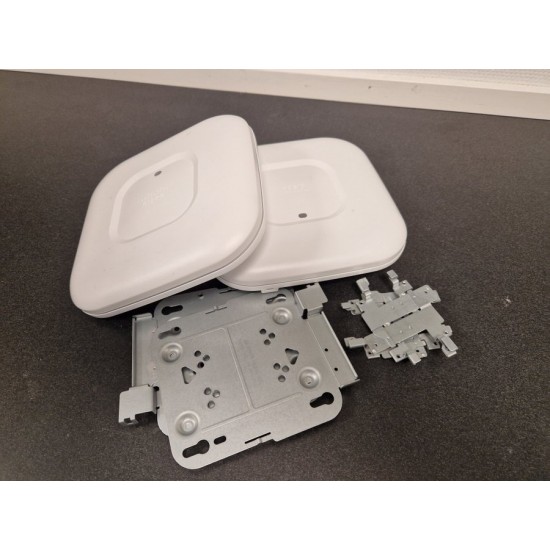



Aynı Marka
Environmental | Cisco Aironet 2702i ● Nonoperating (storage) temperature: −22° to 158°F (-30° to 70°C) ● Nonoperating (storage) altitude test: 25˚C, 15,000 ft. ● Operating temperature: 32° to 104°F (0° to 40°C) ● Operating humidity: 10% to 90% percent (noncondensing) ● Operating altitude test: 40˚C, 9843 ft. Cisco Aironet 2700e ● Nonoperating (storage) temperature: −22° to 158°F (-30° to 70°C) ● Nonoperating (storage) altitude test: 25˚C, 15,000 ft. ● Operating temperature: −4° to 122°F (-20° to 50°C) ● Operating humidity: 10% to 90% (noncondensing) ● Operating altitude test: 40˚C, 9843 ft. |
System memory | ● 512 MB DRAM ● 64 MB flash |
Input power requirements | ● AP2700: 44 to 57 VDC ● Power supply and power injector: 100 to 240 VAC; 50 to 60 Hz |
Power draw | ● AP2700: 15W Note: When deployed using a Power over Ethernet (PoE) specification, the power drawn from the power sourcing equipment will be higher by some amount dependent on the length of the interconnecting cable. |
Powering options | ● 802.3at PoE+ ● Enhanced PoE ● Cisco AP2700 power injectors (AIR-PWRINJ4=) ● Cisco AP2700 local power supply (AIR-PWR-C= or AIR-PWR-D=) Note: If 802.3af PoE is the source of power, the access point will dynamically shift from 3x4 to 3x3 and come up under PoE. |
Warranty | Limited lifetime hardware warranty |
Compliance standards | ◦ UL 60950-1 ◦ CAN/CSA-C22.2 No. 60950-1 ◦ UL 2043 ◦ IEC 60950-1 ◦ EN 60950-1 ◦ EN 50155 ● Radio approvals: ◦ FCC Part 15.247, 15.407 ◦ RSS-210 (Canada) ◦ EN 300.328, EN 301.893 (Europe) ◦ ARIB-STD 66 (Japan) ◦ ARIB-STD T71 (Japan) ◦ EMI and susceptibility (Class B) ◦ FCC Part 15.107 and 15.109 ◦ ICES-003 (Canada) ◦ VCCI (Japan) ◦ EN 301.489-1 and -17 (Europe) ◦ EN 60601-1-2 EMC requirements for the Medical Directive 93/42/EEC ● IEEE standards: ◦ IEEE 802.11a/b/g, 802.11n, 802.11h, 802.11d ◦ IEEE 802.11ac Draft 5 ● Security: ◦ 802.11i, Wi-Fi Protected Access 2 (WPA2), WPA ◦ 802.1X ◦ Advanced Encryption Standards (AES), Temporal Key Integrity Protocol (TKIP) ● Extensible Authentication Protocol (EAP) types: ◦ EAP-Transport Layer Security (TLS) ◦ EAP-Tunneled TLS (TTLS) or Microsoft Challenge Handshake Authentication Protocol Version 2 (MSCHAPv2) ◦ Protected EAP (PEAP) v0 or EAP-MSCHAPv2 ◦ EAP-Flexible Authentication via Secure Tunneling (FAST) ◦ PEAP v1 or EAP-Generic Token Card (GTC) ◦ EAP-Subscriber Identity Module (SIM) ● Multimedia: ◦ Wi-Fi Multimedia (WMM) ● Other: ◦ FCC Bulletin OET-65C ◦ RSS-102 |

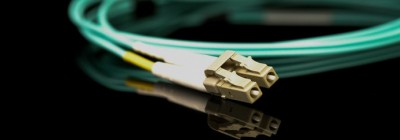
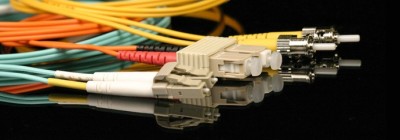
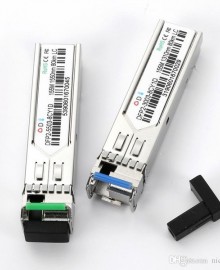














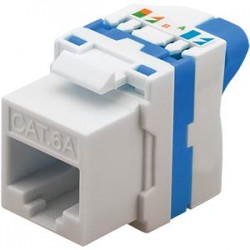
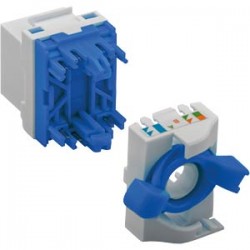
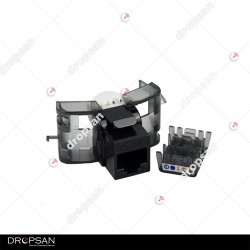
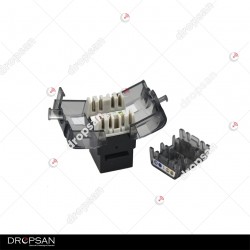
-250x250.jpg)
-250x250.jpg)
